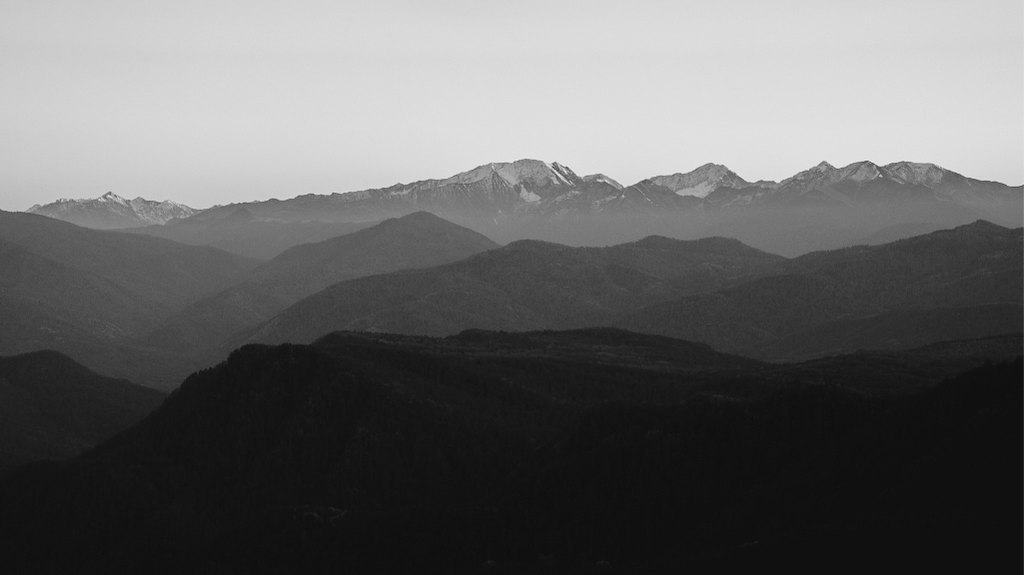“Don’t slip and fall from there, that is death,” I quickly pointed out to my son as I moved across a high-angle snowy patch on the mountain. A slip would launch us off of the rocky cliffs and into the boulders below. We had gotten ourselves into a bit more adventure than we originally planned for.
“Is this the right way,” asked my son. “I’m not sure” was the disconcerting reply from his all-knowing dad. Even though I have been climbing and hiking in this area for over 40 years, somehow, today, I was not where I wanted to be and didn’t know which direction to go to get to where I wanted to be.
Mountain navigation can be a little tricky. Every year, climbers and hikers get lost in the mountains and die. In the mountain environment, failure to get it right has harsh consequences.
With that thought lingering in my mind, we continued moving up the mountain. Cliffs that I didn’t want to climb without a rope opened up before us. We did the best we could to look for a way up. My son said he was going to climb up a section of the cliff on the left side and see if, from a higher vantage point, it looked reasonable for us to climb.
At about 40’ up the crack, I saw his foot slip in the snow but he held on. I’m searching the rock trying to figure out where he is going and if it is reasonable. Remember, no mistakes are allowed. I see him make a couple of climbing moves and he is calling out to me that we can make it across to the top part of the cliff from there.
I climb up to join him on some sloping rock with lots of brush growing out of cracks in the rock. In fact, there is so much heavy brush between us and the top part of the cliff, I am wondering what he had in mind when he said we could traverse this section. He reminded me he said he “thought” we could, emphasizing the uncertainty in his original statement that he felt I was now ignoring.
I looked back down the rock to see where we had come from. No, that doesn’t look very inviting. I look at the brush. “Ok, I’m going to crawl into this mess and see if there is some way out the other side,” I said. As I’m snaking my way through the brush, I came to a part where heavy growth was just far enough away from the rock that I might be able to squeeze through if I take off my day pack.
That worked but the next section was so dense and so close to the rock there was no way to go between the brush and rock. I put my pack back on and start climbing on the outside of the brush. I could see Manzanita handholds inside the dense mess but footholds were more difficult. Just kind of putting one foot down and starting to put pressure to see if the brush was going to break off or hold my weight. Don’t look down!
Once I worked my way through this section, I turned back to help my son; guiding him through and over the maze. Now we were standing above the cliff and continued up the mountain, still uncertain of our location.
As we continue up the mountain, we took numerous exploratory hikes in one direction or another trying to accomplish three things: pin down our present location, find the location where we want to be, and determine how to go from where we are to where we want to be.
Our legs and hips are burning as we take each step. At around 10,000 feet, less oxygen was making its way to our muscles. It was becoming crystal clear to me that my adventure preparation workout routine had to include more than sitting at a desk, talking on the phone, and working on the computer.
Sure, I lift weights at the gym, walk the dog, and sometimes walk with my wife, who could have been an Olympic athlete if her parents had been paying attention and seen the incredible talent their daughter possessed. But mountain adventures are different. There is no snow in Long Beach, it is not difficult to find your way from the pec deck to the lat pull-down machine, and there is plenty of oxygen (as long as the gym is not too packed with sweaty, heavy breathers), if you slip off of the curl bench, you aren’t going to die.
Every year, people who don’t see, understand, acknowledge, and prepare for those differences, die in the mountains. It must come as a great surprise to them how they could be in this position since they attended their Palate’s classes every week.
Maintaining the plumbing systems in your home or other buildings can be a lot like being lost in the mountains, the pathway to success is not clear. Plumbing is dangerous: hot water heaters explode like a bomb, natural gas pipe leaks cause fires and explosions, water leaks cause deadly mold, and sewer pipe leaks can contaminate a structure and cause it to be condemned by the city inspectors. Plumbing system failures kill many people every year. Homes and buildings burning and exploding make the evening news.
If you listen carefully, you will hear that those fires and explosions are most often caused by plumbing system failures.
The solution to surviving the mountains and your plumbing systems is to have an outstanding guide. One who knows his way around. One who has years of training and experience. One who brings to you the best odds chance of making it out alive.
Mr. Fix It Plumbing should be your first choice for the highest quality plumbing guide.
For a first-class mountain guide, well, you will have to look elsewhere for that. Hey, I know what we are good at!


